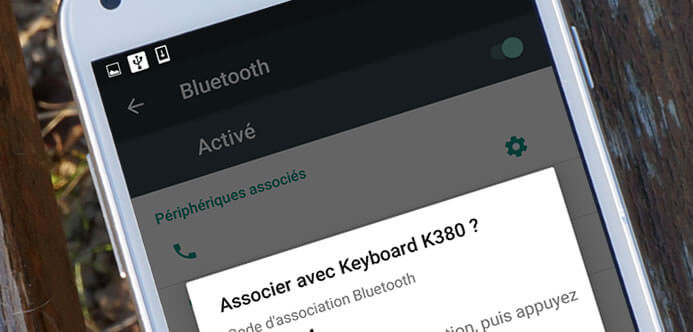
Android smartphones and tablets are now very powerful working tools. To gain productivity, you may already have considered purchasing a wireless keyboard. We are explaining to you today how to connect a Bluetooth keyboard to an Android terminal and how to use it..
Increase your typing speed
This may seem incongruous to some, and yet a Bluetooth wireless keyboard could be of great use to you. How many times have you railed against these touchpads unable to write three words without making a spelling error?
So of course, some will tell you that the use of a numeric keypad requires a particular adaptation in particular because of the small size of the keys but that after a few weeks, things should easily get back to normal.
And yet in reality, the reality is very different. The absence of an input device significantly reduces typing speed. To compensate for this absence, Android has an automatic spell checker. The latter corrects typos on the fly without the user even noticing..
Limitations of the spell checker
Despite these undeniable qualities, this tool sometimes poses some problems. Have you ever happened to send an email or SMS with sometimes very embarrassing errors generated by the automatic corrector?
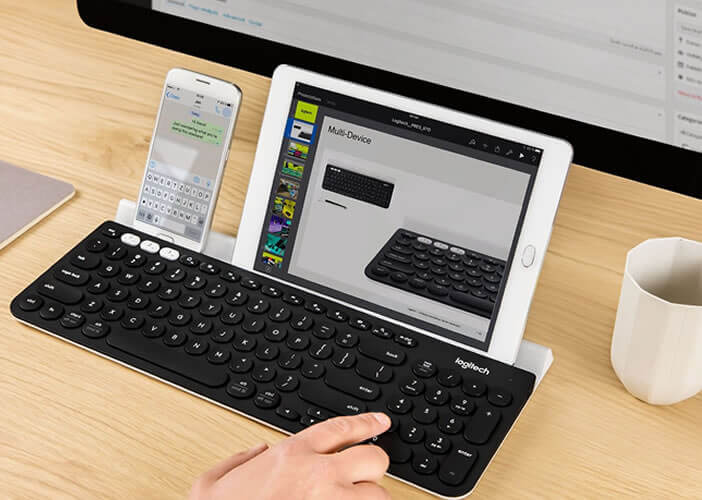 One word replaced by another can transform any of your discussions and sometimes put you in a very awkward position. Imagine for a second that your smartphone replaces the word accepted with the word pregnant in your conversation. This mishap has already happened to several students. I do not tell you the head of the parents when receiving the message.
One word replaced by another can transform any of your discussions and sometimes put you in a very awkward position. Imagine for a second that your smartphone replaces the word accepted with the word pregnant in your conversation. This mishap has already happened to several students. I do not tell you the head of the parents when receiving the message. 
How to pair a Bluetooth keyboard to an Android device
With the arrival of the iPad Pro and the Microsoft Surface, the general public has discovered the advantages of a portable keyboard. The comfort for working is much higher with this type of device.
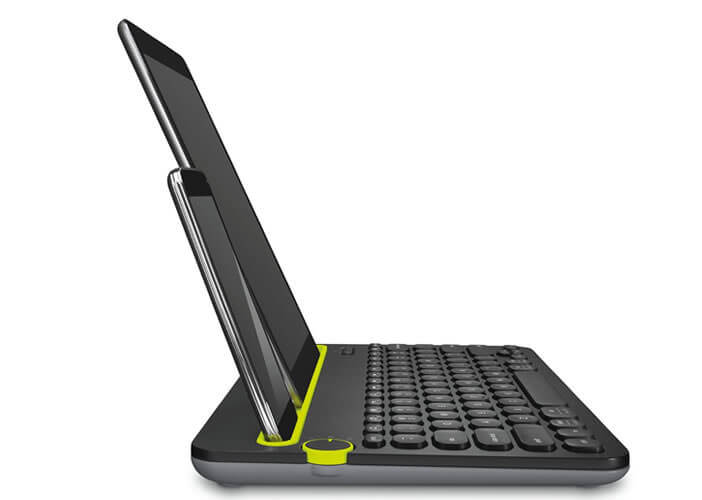 And then input devices have made huge strides in recent years. They have gained in finesse and lightness while improving their autonomy. We can now very easily slip them into a bag or even see a pocket for folding keyboards.
And then input devices have made huge strides in recent years. They have gained in finesse and lightness while improving their autonomy. We can now very easily slip them into a bag or even see a pocket for folding keyboards. 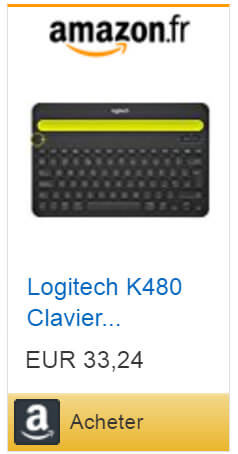
Certainly, there remains the thorny question of the connection with an Android terminal. But as you will see in this tutorial, the pairing procedure is very simple to perform..
- On your Android tablet or mobile, click the Settings button
- Select the Bluetooth item and place the switch in the On position
- Then take your wireless keyboard and turn it on.
- Generally the pairing mode starts automatically
- If this is not the case, check the instructions for use of your input device for the procedure to follow.
- You should see the name of your keyboard appear on your mobile screen
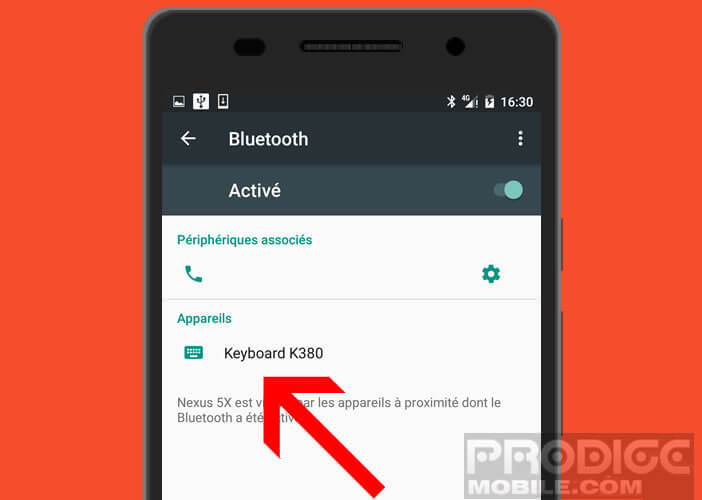
- In case of error, click on the Menu button then on search or update to start a new detection
- Then press the name of your keyboard in the device section
- Android will then prompt you to enter a pairing code on your input device
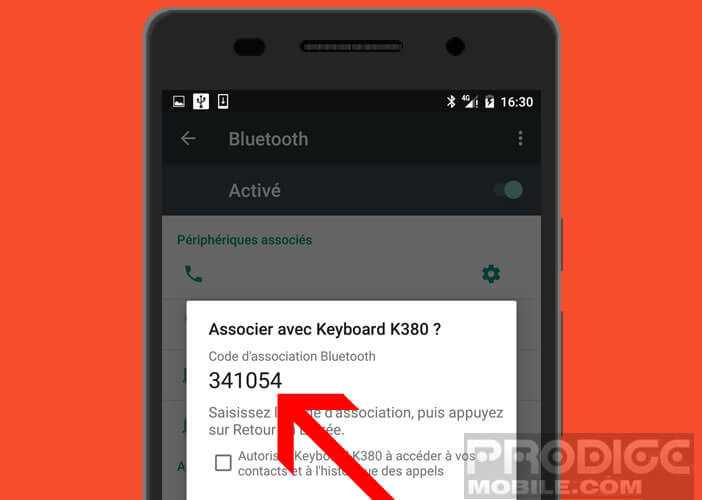
- Type these 6 numbers on your Bluetooth keyboard
That's it, your keyboard is now connected to your Android tablet or smartphone. To be sure everything is working correctly, press the Windows key and then the letter C. You should see the Contacts application launch.
Keyboard shortcuts for Android
And yes, we often forget it but a physical keyboard is not just for typing text. It can also be used to launch certain applications more quickly via the dedicated shortcut keys. It would be a shame to deprive yourself of them as they offer a significant user comfort.
Here are some examples of keyboard shortcuts that are very useful in everyday life
- Ctrl + Esc (or Delete) key to open the Android Menu
- Alt + Tab key to switch from one app to another
- Ctrl + A key to select the entire article or text
- Ctrl + C key to copy text
- Ctrl + V key to paste an image or a portion of text
- Windows key + G to launch Gmail messaging
- Windows key + Y to launch the YouTube application
- Windows key + L to launch the Android calendar
If you know of other shortcuts, feel free to share them with other readers in the comments. Finally, last important point, most Bluetooth keyboards today have multimedia keys to start, advance or pause the playback of a movie or music. These work perfectly with most Android video applications.